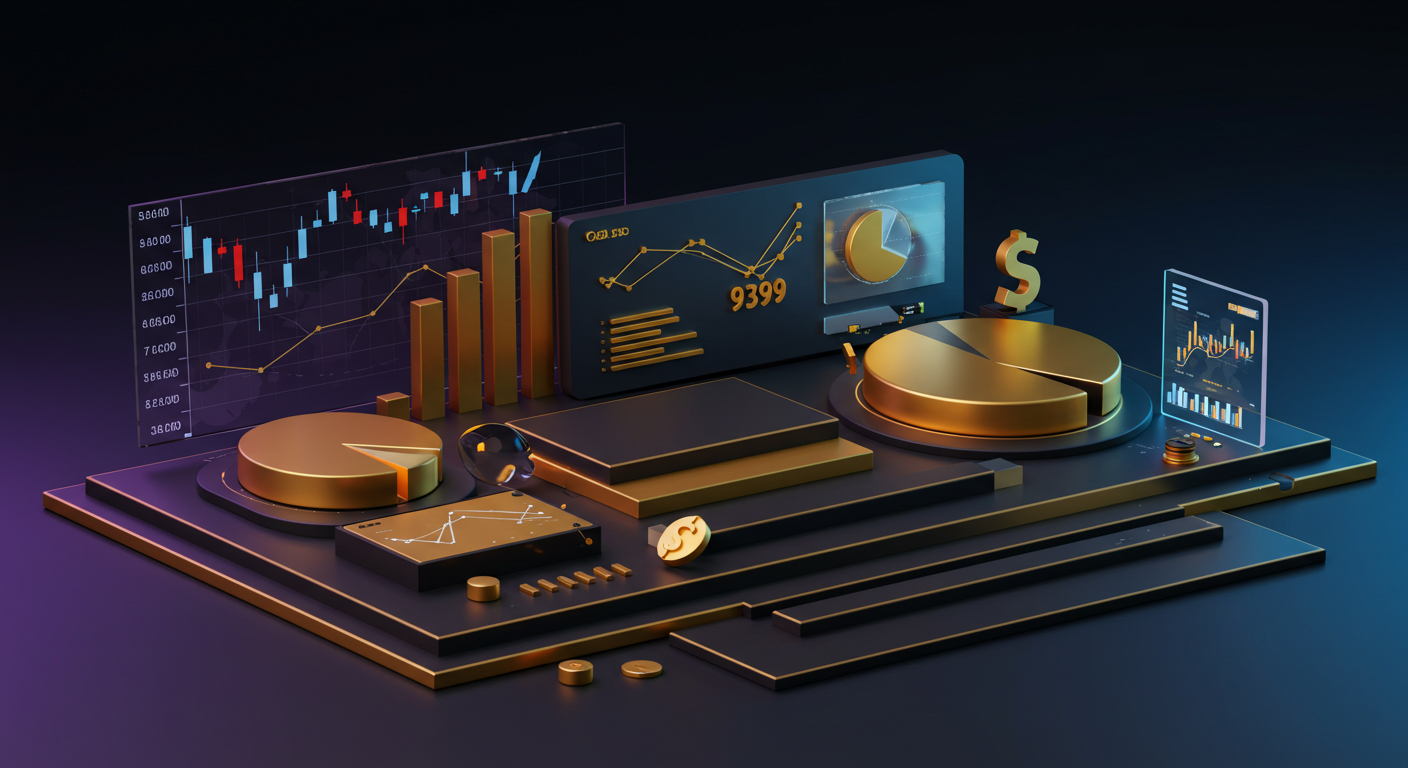
Gold prices in Saudi Arabia remained the same on Friday, with the cost per gram at 401.41 Saudi Riyals. This was unchanged from the previous day’s figure of 401.41 SAR per gram.
For ten grams, the price remained consistent at 4,014.10 SAR, with the price for a tola steady at 4,681.97 SAR. The Gold price per troy ounce was recorded at 12,485.27 SAR.
Gold As A Store of Value
Gold has served a major role in history as a store of value and exchange medium. It is viewed as a safe asset during unstable times, often used as a hedge against inflation and currency depreciation.
Central banks hold the largest Gold reserves, enhancing economic trust and diversifying assets during turmoil. In 2022, they added 1,136 tonnes of Gold, equivalent to approximately $70 billion, marking the largest yearly purchase on record.
Gold shows an inverse relationship with assets such as the US Dollar. It typically appreciates when interest rates are low and depreciates with a strong Dollar. Price movements are dictated by geopolitical factors, monetary policy adjustments, and currency value changes. Understanding these dynamics is crucial for engaging with the Gold market effectively.
What this means, in practical terms, is very telling. The static pricing we observed in Saudi Arabia, where the per gram value of gold stayed fixed at 401.41 riyals, suggests a moment of hesitation in the broader market. Movement has slowed, but that doesn’t mean there’s a lack of pressure. In fact, such pauses can often precede abrupt shifts. The flattening across weights – whether in grams or tolas – points to a collective watch-and-wait approach among larger institutional holders and possibly retail participants as well.
From a wider lens, this holds implications for those active in derivative markets, especially ones dealing with contracts tied to precious metals. When spot prices mute and broader macroeconomic signals remain in flux, it heightens the importance of liquidity management and short-dated volatility structures. We’re watching a market weighing conflicting sentiments.
Gold and Market Dynamics
The historical appeal of gold as both a store of value and a fallback in uncertain environments hasn’t waned – in fact, it’s become more strategically conditioned by central bank activity. The World Gold Council’s data shows that these institutions added a remarkable 1,136 tonnes of gold in 2022. That translates not only into bullish institutional sentiment but also affirms that traditional diversification is alive and well. When we see that kind of volume – approximately $70 billion – move into a non-yielding asset, it flags concern around fiat resilience.
Now, looking at correlations – gold tends to move contrary to the US dollar and reacts to interest rate movements. This behaviour is well-documented. As policymakers continue navigating inflation controls with rate policy, we need to stay alert to the divergence between real yield trends and gold’s relative valuation. Powell’s next move, or even any surprise commentary from the Fed, could cause positioning in options to swing. Long gamma in near-expiry contracts should be monitored closely for responsive hedging opportunities.
The dollar’s path remains a leading influence on gold pricing. As it strengthens, gold usually sees selling pressure. When the reverse occurs, inflows pick up. But monetary policy isn’t acting in a vacuum. Traders should position portfolios to be responsive to geopolitical shocks—those have a history of creating sharp upward demand.
We are considering layered positioning across durations, focusing on interplay between real rates and inflation expectations. Watch for any dislocations between ETF holdings and futures sentiment. Those spread discrepancies can highlight mispricings or overstretched flows.
In the coming sessions, it may be useful to consider calendar spreads around anticipated central bank interventions, especially where markets price in either a pause or a proactive cut. Technical indicators remain in a tight consolidation phase. That compresses risk-reward setups but amplifies the payoff for well-timed breakout entries. A decisive breach in either direction—especially near resistance levels—requires clear, mechanical triggers based on momentum and volume-backed confirmations.
From our view, risk symmetry favours a nimble bias. Don’t lean too far in either direction. Be prepared for breakout volatility despite sideways conditions. Duplication avoidance in long-short setups should be maintained, particularly when balancing gold’s inverse relationship with the dollar and competing safe-haven flows driven by supply chain disruptions or shifts in monetary relief efforts.
Tracking short positioning in the COT reports may offer forward cues. So too could real-time ETF flows—those can give early signals for when deeper moves begin to build beneath what might currently appear like a calm surface.







